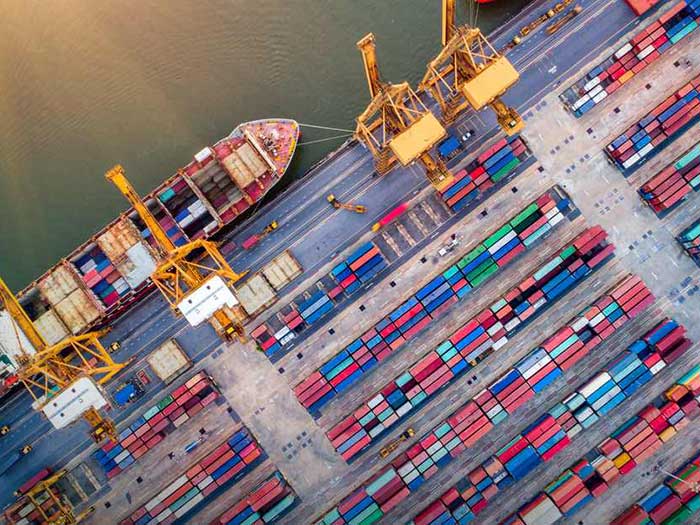
VIDEO: Identifying clean energy options for shipping
Written by Nick Blenkey
With heavy fuel oil currently covering 82 per cent of the sector’s energy needs, decarbonizing global shipping will play a critical role in achieving climate objectives, a new report by the International Renewable Energy Agency (IRENA) finds.
Called “Navigating a way to a renewable future,” the report explores the impact of maritime shipping on CO2 emissions, the structure of shipping and key areas that need to be addressed to reduce the sector’s carbon footprint.
Speaking at the launch of the report from the Global Maritime Forum’s Annual Summit, which this year is being held in Singapore, IRENA’s Director-General Francesco La Camera said it’s clear that the industry has recognized the urgent need to address its decarbonization options.
“Decarbonizing transport is critical to a sustainable future. Shipping is a major contributor to transport emissions and it is encouraging that the industry has shown a clear willingness to engage the energy sector to exchange ideas on low-carbon pathways,” he said.
“As the cost of renewables falls, the decarbonization options available become increasingly competitive,” La Camera continued. “By 2030 alternative low-carbon fuels could reach parity with heavy fuel oil, so it is vitally important that the shipoing industry prepares itself for a low-carbon future.”
Cutting carbon emission levels in 2008 by half in 2050, in line with IMO goals, requires a combination of clean energy options and alternative fuels based on renewables, says the IRENA report finds.
This includes a shift from fossil fuels to alternatives like advanced biofuels and hydrogen-based fuels, upgrading onshore infrastructure and practices during docking, electrification and reducing fuel demand by improving operational performance.
Ready-to-use biofuels, such as Bio-LNG, hold tremendous potential as transitional fuels that could gradually replace fossil fuels. Other synthetic fuels being considered as potential replacements for conventional ones include methanol, hydrogen and ammonia. These fuels can effectively decrease, and even eliminate, emissions in the shipping industry if produced from sustainable feedstocks using renewable electricity i.e. producing hydrogen through electrolysis.
Although currently not economically competitive, in the medium- to long-term, alternative fuels are expected to become viable as their prices fall, adoption grows, and technology improves, says Irena. Yet, a shift from heavy fuel oil to a clean fuel would also include adjustments to the refueling structure in around 100 ports which account for 80 per cent of global freight, and the retrofitting of around 25,000 ships.
Bulk and container carriers, as well as oil and chemical tankers, represent one quarter of the global shipping fleet and emit 85 per cent of global shipping emissions.
Seven ports are responsible for nearly 60 per cent of the bunker fuel sales around the world. Singapore alone delivers 22 per cent of today’s total bunkering.
In terms of short distance applications, e.g. ferries and other small vessels, electric ships powered by batteries are currently a feasible option. In the long term, with improved battery storage technology and decreasing costs, full electrical propulsion can become economically attractive also for bigger, long-distance ships.
Download Navigating the way to a renewable future: Solutions to decarbonize shipping HERE




